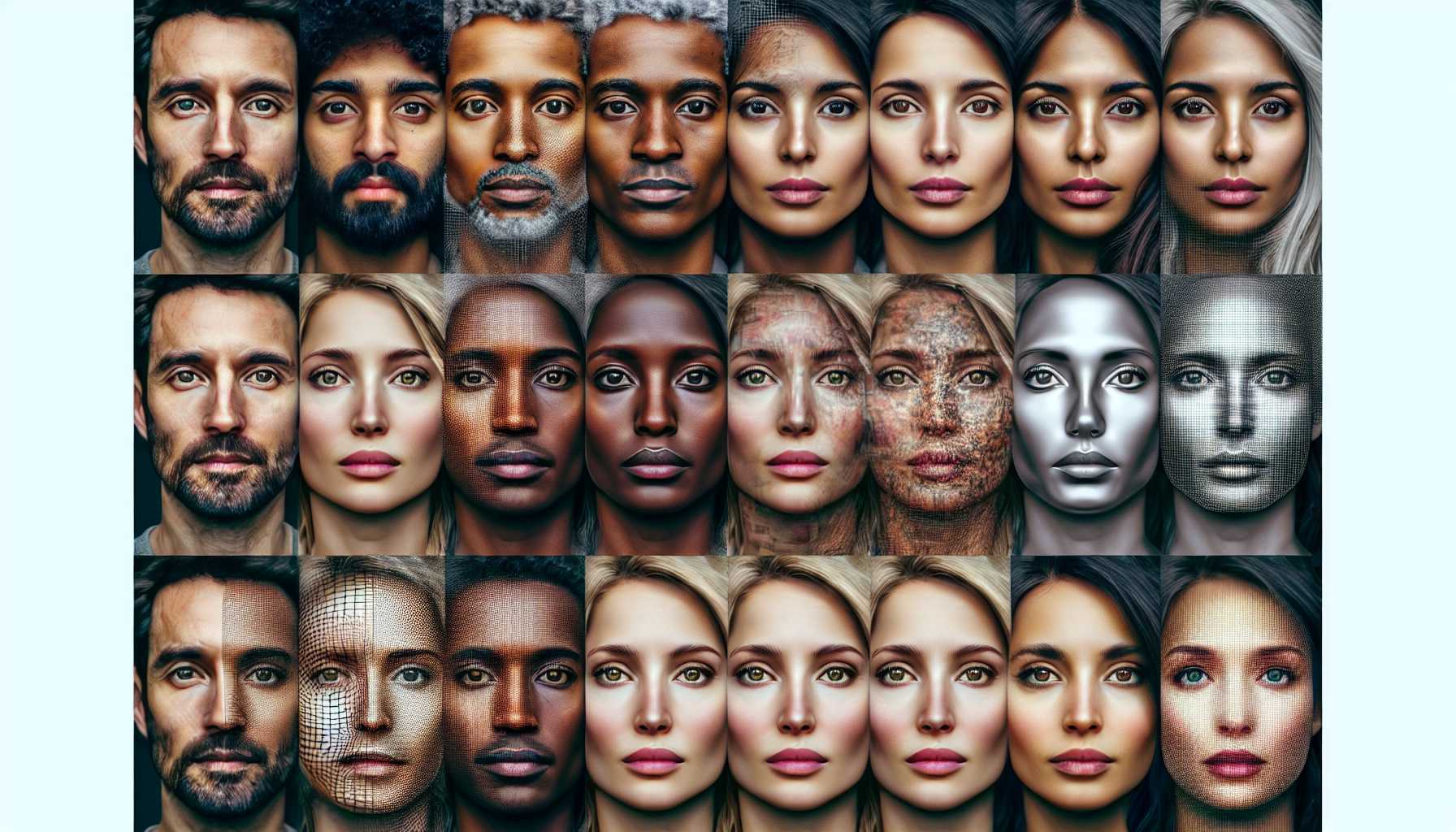In the thrilling world of cybersecurity, we often encounter tales that read like a spy novel, complete with clandestine hackers and international espionage. Yet, these tales are far from fiction, and the challenges they present are all too real. As a tech aficionado and industry leader, I find the intersection of cybersecurity and corporate intrigue to be both fascinating and a crucial topic for the general audience. Strap in as we delve into the clandestine realm of digital vulnerabilities and the unending struggle against cyber threats.
Zero-Day Zest: The Ivanti Connect Secure Connundrum
Imagine a virtual fortress, Ivanti Connect Secure, designed to shield corporate networks from the prying eyes of cyberspace. Now picture this fortress under silent siege by skilled infiltrators, exploiting unseen cracks in its walls. This is not the plot of a cyber thriller, but the reality for Ivanti, a company whose VPN appliance has become a recurring target for hackers. Recently, Ivanti has dropped a bombshell—hackers have been exploiting not just one, but four vulnerabilities, some of which lurked undetected, allowing attackers surreptitious access to corporate secrets. The culprits? Expert Chinese state-backed hackers, with motives more intricate than a Gordian knot, leveraging flaws such as CVE-2023-46805 and CVE-2024-21887. This is where jargon becomes critical—the CVE numbering isn’t just arbitrary digits; it’s a universally accepted registry of vulnerabilities that functions as a ‘Most Wanted’ poster for digital weaknesses. The tech sphere was set ablaze when two additional vulnerabilities—CVE-2024-21888 and CVE-2024-21893—came to light, posing threats beyond previously known risks. The first—a privilege escalation flaw—like giving a thief the key to your inner sanctum, while the latter—a zero-day vulnerability—signifies a flaw so fresh that the digital ink on its discovery is barely dry. Here’s where the story takes a twist: as Ivanti struggled to fortify its walls, Germany’s BSI (the cyber guardians of Deutschland) rang alarm bells, indicating the discovery had once again put secured systems at risk. Volexity and Mandiant, two cybersecurity knights, previously linked the exploit to espionage—imagine digital ninjas hired for corporate sabotage. Although the afflicted customer count may appear modest, the real numbers echo louder, as at least 1,700 Ivanti appliances had reportedly fallen prey globally. What does this mean for the non-tech crowd? Essentially, imagine a bank vault with a secret entrance known only to a select few robbers. Now, replace the bank with your company’s deepest digital secrets, and you’ve grasped the gravity of the situation.
When Dating Becomes Dicing: The Bi-Community’s Online Twist
Let’s switch gears and wade into the choppy waters of online dating—an ocean notorious for both its heartwarming success stories and its treacherous currents. It’s no secret that navigating online dating platforms is akin to traversing a minefield, but for the bisexual community, it’s like diffusing mines blindfolded. Amidst a web of poorly-suited suitors and the insidious practice of unicorn hunting (a term you’ll want to file away for your next trivia night), bisexual individuals face a unique matrix of online dating dilemmas. Now, envisage the traditional hurdles of online dating amplified for bisexual individuals. Their reality is one marred by the lack of a tailor-made digital space, leading them to swipe in circles of uncertainty. The acronym LGBTQ+ may appear inclusive, yet, as we unpack it, the B—a full fifty percent of the queer community—is often left in the shadows. The crux of the problem? An environment that is not structured to understand or cater to bisexuality’s unique nuances. The tech angle? With no bespoke platforms for bi individuals, these daters are left to maneuver through the mainstream minefield, facing issues like catfishing and biphobia, terms that wouldn’t be out of place in a cyberspook’s lexicon. It’s a testament to the need for continued innovation in the realm of dating apps, to create digital sanctuaries where inclusivity isn’t just a buzzword.
When the Dead Speak: AI’s Ethical Conundrum
The fusion of technology and the afterlife is something even sci-fi authors wouldn’t have fathomed a few decades ago. Enter the realm of artificial intelligence—where chatbots now promise conversations with the dearly departed. Films like “Eternal You” thrust us into a paradoxical narrative where sorrow meets silicon, opening up a Pandora’s box of moral quandaries. This isn’t just science fiction—it’s the stark reality where AI simulates the dead, for a price. The debate rages: Is this a comforting bridge over the chasm of loss or a precarious path towards a communal inability to confront grief? Imagine your loved ones, not just a thought away, but a chat window away, except that these personas are digital echoes, imprisoned in algorithms. While this concept cradles comfort for some, it unfurls a darker tapestry of potential addiction and unregulated impact on the fragile psyche of the bereaved. It’s a space where tech developers—akin to the alchemists of yore—wield power that treads a fine line between innovation and insensitivity, shaping a future where “forever” takes on a haunting digital dimension.
Facing the Deepfake Dilemma: How to Counter Digital Doppelgängers
In a world where seeing is no longer believing, deepfakes—a term that sends shivers down the virtual spine of any digital denizen—pose a formidable threat to privacy and identity. When nefarious forces enlist AI to cast individuals in explicit imagery without their consent, the internet’s underbelly is exposed. Here’s the rub: even as social media giants grapple with containing this sinister technology, victims are often left to fend for themselves. Protection against these digital Hydra heads, sprouting faster than they can be slain, is scant. What’s worse, if high-profile victims like Taylor Swift find themselves helpless against the onslaught, it paints a bleak picture for the average user. The ordeal becomes a labyrinthine quest to erase this unsolicited digital footprint, involving evidence collection, legal navigation, and a desperate game of whack-a-mole against content that refuses to stay buried. The issue here isn’t just technology gone wrong—it’s a screaming signal for more robust safeguards and ethical frameworks in the digital realm.
ChatGPT’s Unintended Revelations: When AI Becomes Too Knowing
To wrap up this cyber saga, let’s discuss the curious case of ChatGPT—OpenAI’s conversational wonder that’s recently been tangled in a bizarre incident, blending a data leak with a hacker’s craft. ChatGPT, despite its intellectual grandeur, found itself inadvertently spilling secrets—personal information that was never meant for the public eye. As we unravel this digital mystery, one thing becomes crystal clear: the security of our data in the hands of AI is, at best, a fragile pact. In the case of OpenAI’s blunder, personal accountability for what we confide in these systems merges with the developers’ responsibility to safeguard our digital sanctuaries. However, this serves as a stark reminder: As we dance with the algorithms, we must not forget that the digital floorboard could give way at any moment, plummeting us into the abyss of data compromise. In the end, these fascinating narratives are more than mere news; they’re cautionary tales, signaling us to peer closer at the digital shadows lurking just beneath the shiny surface of innovation. For in the tech world, it seems, the only constant is the unending battle between progress and vulnerability.





